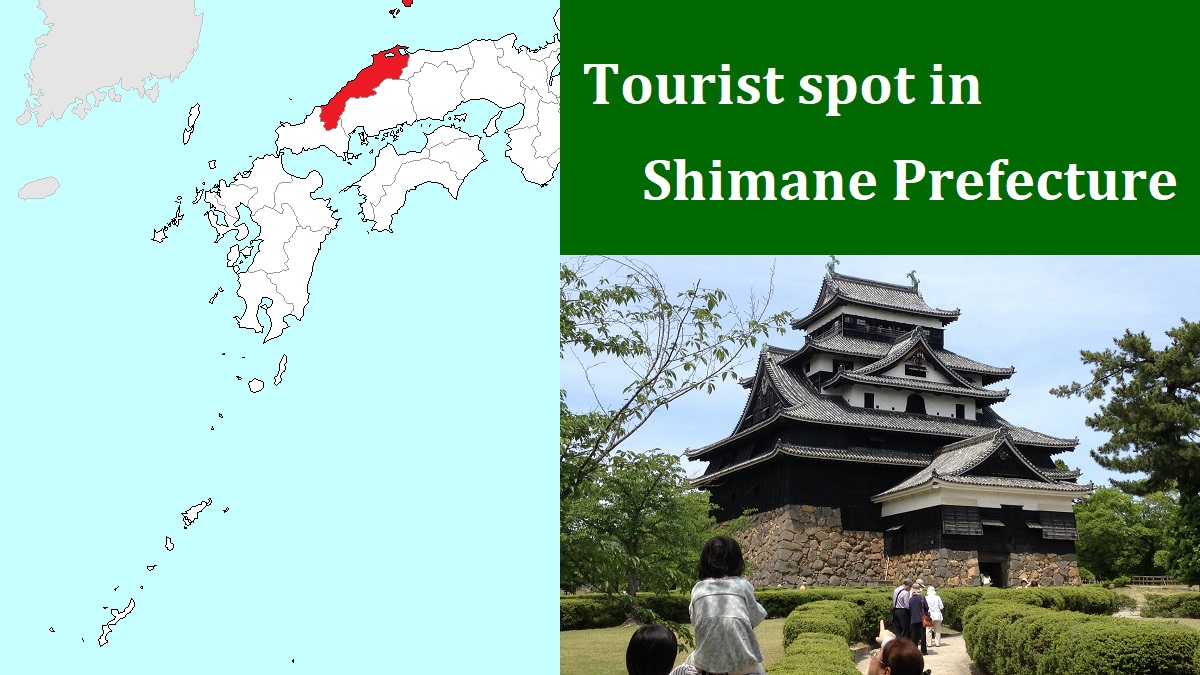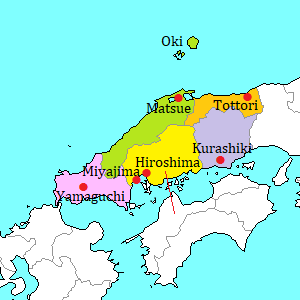Iwami Ginzan Silver Mine [石見銀山]
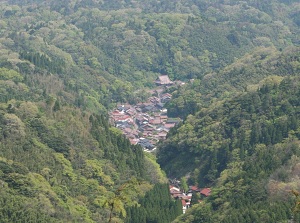
Town of Iwami Ginzan
Photo by Shimane Prefecture
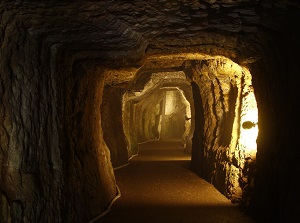
Ryugenji-mabu in Iwami Ginzan
Photo by Shimane Prefecture
Iwami Ginzan is the former Japan's largest silver mine, and is located about 15 km south-southwest of central Ôda city.
The silver mine is in Ômori district (大森) and is in the valley formed by Ginzan River.
This silver mine was found in 1309.
The mining operation started in 1526.
After the foundation of Edo Government in 1603, the silver of Iwami had been used to make money and to trade with China, Portugal or Dutch East India Company.
At that time, Japan's silver production represented about one third of the worldwide production, and Iwami Ginzan was the largest production center in Japan.
The mined silver had been transferred by ship from Tomogaura (about 9 km west) or Okidomari (about 12 km west) Ports facing the Sea of Japan.
In the early 17th century, the land route to Onomichi (about 130 km southeast) facing Seto Inland Sea was completed.
But, the production had been decreasing continuously since the early 18th century.
At last, this mine was closed in 1943.
The ruins of this mine were designated as a historic site in 1967.
And, the remains of the silver mine, its mining district and the embarkation ports were designated as a World Heritage site in 2007.
The main area of silver mine is along Ginzan River, and is about 3 km long.
Basically, general vehicles cannot enter this area.
So the visitors must walk or use the route bus and rental bicycle.
There are two zones from the downstream toward the upstream.
Ômori Zone
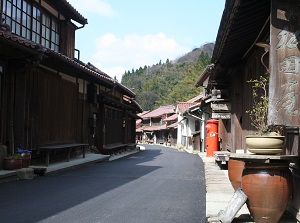
Street in Omori Zone
Photo by Shimane Prefecture
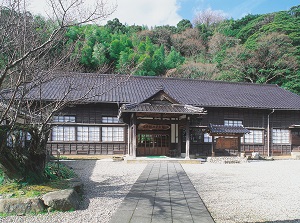
Iwami Ginzan Museum
Photo by Shimane Prefecture
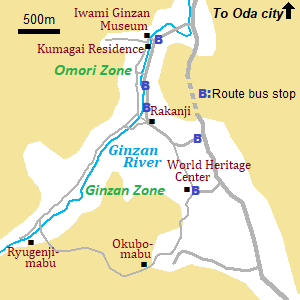
The downstream zone about 1 km long is the old town.
It is called Ômori Zone.
The government office was set up, and samurai officials, merchants and workers lived in this area.
Many old houses are along the street.
Some Shinto shrines and temples are also dotted around the town.
There is Iwami Ginzan Museum (石見銀山資料館) at the entrance of the zone.
Various articles about this silver mine are displayed in the museum.
There was a local government office in this site in Edo Period (1603-1868).
And the current building is the town office built in 1902.
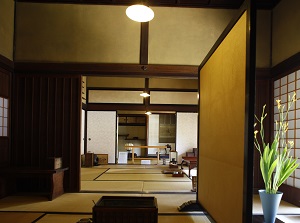
Inside of Kumagai Family Residence
Photo by Shimane Prefecture
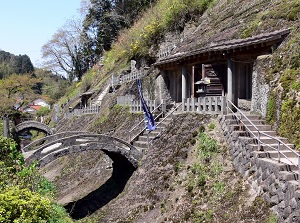
Gohyaku-rakan
Photo by Shimane Prefecture
Kumagai Family Residence (熊谷家住宅) is a former merchant residence and is about 150 meters south of Iwami Ginzan Museum.
Kumagai family was one of the richest merchants in this area, and run the businesses of mining, silver cheking and sake brewery.
There was the house since the 17th century.
But it was destroyed by fire in 1800, and current residence was reconstructed sequentially in the early 19th century.
We can tour around the inside of the residence.
Gohyaku-rakan (五百羅漢) are three stone caves enshrining 501 Rakan Buddhs statues in Rakanji temple (羅漢寺).
It is located at the south edge of the old town and at about 1 km south of the entrance.
It was constructed for the dead mining workers.
It took 25 years and completed in 1766.
Ginzen Zone
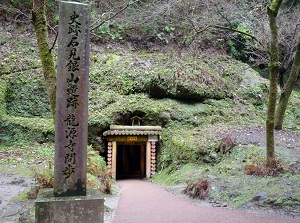
Entrance of Ryugenji-mabu
Photo by Shimane Prefecture
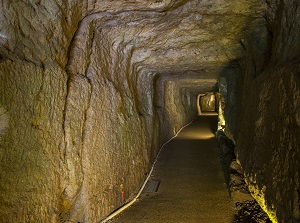
Inside of Ryugenji-mabu
Photo by Shimane Prefecture
The upstream zone about 2 km long is the area where many mining tunnels and the ruins of the facility are dotted.
It is called Ginzan Zone.
Mining tunnel is called "mabu" (間歩) in Japanese.
Most mabu are closed, but visitors can enter into only Ryûgenji-mabu (龍源寺間歩).
It is located at the south edge of Ginzan Zone and is about 2.3 km from Rakanji.
This mabu was constructed in 1715, and the length of the tunnel is about 600 meters.
The length of the part to tour is 273 meters.
The tunnel walls have the traces of mining by chisel.
Iwami Ginzan World Heritage Center (石見銀山世界遺産センター)
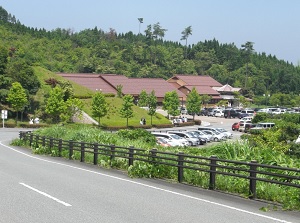
Iwami Ginzan World Heritage Center
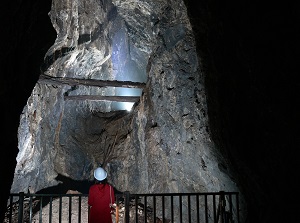
Okubo-mabu
Photo by Shimane Prefecture
Iwami Ginzan World Heritage Center is the visitor center of the silver mine as the World Heritage Site.
It is a museum of this silver mine.
It is located on the eastern mountainside of the silver mine.
Here is the parking lot of general vehicles and buses to visit this area.
The visitors by car must go to Ômori Zone by route bus or taxi.
This museum produces a special guided tour to Ôkubo-mabu (大久保間歩).
Ôkubo-mabu is the largest mining tunnel located about 1.5 km southwest of the museum and had produced silver for a long time.
How to get here
By JR limited express, to Oda-shi, about 25 minutes from Izumo-shi, about 55 minutes from Matsue.
By route bus to Kawamoto, from Oda-shi station, about 26 minutes to Omori-Daikansho stop (near Iwami Ginzen Museum), about 33 minutes to World Heritage Center stop.

